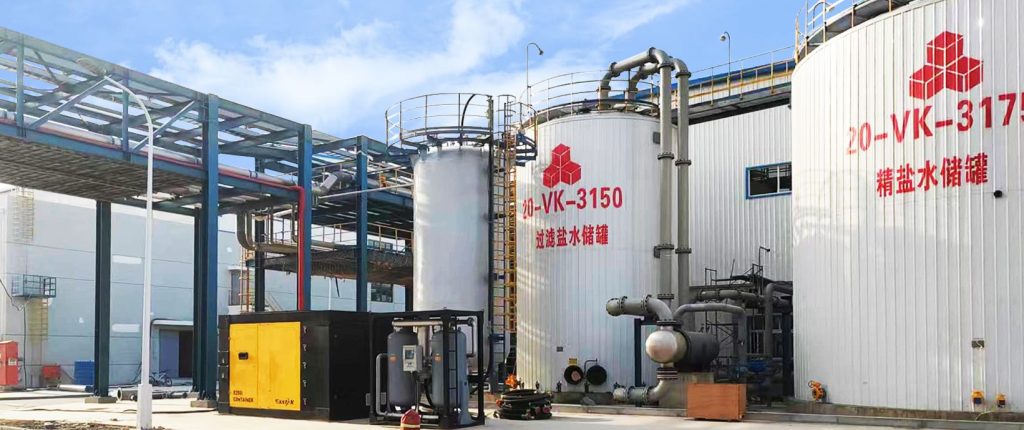As a widely used power device, air compressors are essential in various industries, including air separation units, biological fermentation, instrumentation control, textiles, metallurgy, mining, and wind tunnel testing. The compressor’s nameplate (or rated) condition refers to its stable operating status under specific intake temperature and pressure. However, in real-world production, external environments vary significantly, especially during summer, when high temperatures and humidity present serious operational risks. This article summarizes common summer issues and offers practical measures to ensure safe compressor operation.
1. Common Summer Operational Issues
The efficiency and safety of an air compressor are closely tied to the quality of the surrounding air. When inlet temperatures rise, and compression ratios remain unchanged, discharge temperatures also increase, generating more heat and further raising the ambient temperature. This heat buildup affects critical components such as control instruments and inverters, potentially causing protection shutdowns or failures.
Typical issues in summer include:
- Motor and inverter overheating
- High exhaust temperatures
- Electrical component malfunctions
- Lubricant carbonization
- Reduced air output
Additionally, humid summer air increases the moisture content in compressed air. In oil-lubricated dry screw compressors (excluding oil-free models), this leads to water contamination in the lubricant, degraded oil quality, and poor rotor and bearing lubrication—ultimately causing wear and tear. Other consequences include increased resistance in air filters, reduced exhaust flow, and moisture carryover after the air cooler.
2. Measures for Safe Summer Operation
To ensure stable operation of air compressors during summer, consider the following practices:
- Proper Equipment Layout
Install compressors in well-ventilated indoor spaces. Place air intakes in shaded, dry locations to avoid direct sunlight and rain, improving intake air quality. - Pre-Cooling and Dehumidification
Route hot and humid air through a pre-cooling system before compression. This boosts efficiency, lowers discharge temperature, and ensures air purity. - Professional Ventilation Design
Ventilation and cooling systems should be professionally designed. Operators must inspect and maintain them regularly to guarantee effective heat dissipation. - Heat Exhaust for Enclosed Units
For skid-mounted enclosed units, connect the discharge outlet to the building’s ventilation ducts to expel hot air and stabilize intake temperature. - Cooling Water Quality and Temperature Control
Ensure that cooling water for air and oil coolers stays within design specifications. If possible, use chilled water from refrigeration units for better cooling performance. - Open Compressor Doors if Needed
In environments where improvements are difficult, open movable doors on the compressor casing to facilitate heat dissipation and protect internal electrical components. - VFD Cooling Fan Maintenance
Inspect variable frequency drive (VFD) cooling fans each shift, ensure proper operation, and clean dust buildup regularly. - Use High-Quality Lubricants
Select lubricants that meet compressor specifications to prevent carbonization under high temperatures. Follow the manufacturer’s guidelines for oil change intervals. - Maintain Filters and Drains
Keep oil, water, and dust filters and drains in optimal condition to maintain system efficiency. - Check Air Filter Performance
Ensure air filters are not clogged, maintaining adequate intake airflow to avoid capacity loss. - Monitor Dryer Performance
Dryers (such as refrigerated air dryers) may lose efficiency in summer. Ensure their cooling systems operate within the design temperature range.
Ensuring the safe and stable operation of air compressors in summer is a shared responsibility of equipment managers and operators. By enhancing system design, maintenance routines, and proactive planning, organizations can significantly reduce failure rates and ensure reliable air supply during hot and humid months.

